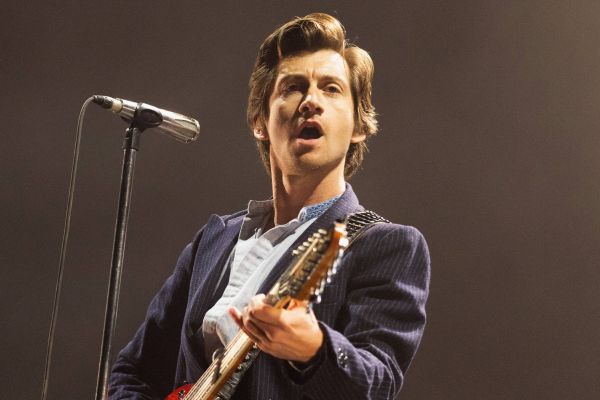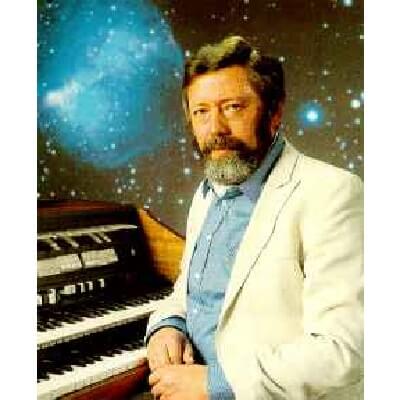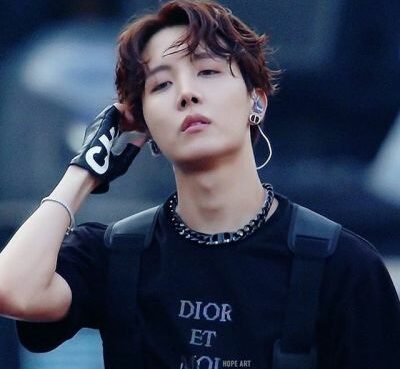Breathing is difficult for Alex Turner. The lead singer of the Arctic Monkeys just performed a blistering guitar solo on Body Paint, the swaggering, David Bowie-inspired centerpiece of their new album, The Car, on a well-known television show. with Jools Holland later.
He groans, “You’ve parched me out there.” Could you fetch me some water, please?
The Arctics are the only band in the studio, which is unusual. The show is giving a full episode to a single performer for the first time in 15 years, an honor usually reserved for rock icons like REM, Radiohead, Metallica, and Oasis.
Turner and his bandmates recognize how serious the situation is. To make sure the new music is presented with the right punch and panache, they shoot additional takes and alter their setlist.
As the tape enters its second hour, Turner adds, “Gotta make this one count.” We’ll perform an acoustic song before Born to Run.
Springsteen’s anticipated cover never appears. It also doesn’t, despite guitarist Jamie Cook idly banging out the riff in between takes of the band’s hell-raising 2007 hit Brianstorm. The audience, however, leaves on a high after seeing roughly twice as much Monkey business as they had anticipated.
Turner tells the BBC over the phone a few days later, “I enjoyed it. “Even before we formed the band, I was a big admirer of that show for a very long time.”
His favorite part of the lead-up to the show was being granted access to the Later vaults so he could choose a performance that had an impact on him to be aired on it.
To be honest, Mark, I kind of lost myself in the archive back there for a minute. ‘Oh God, yeah, I remember seeing it and feeling enthusiastic about it,’ I noticed myself drawn to performances from 2002.
Strong Connections
Page Contents
Of course, the Arctic Monkeys were founded in 2002 in Sheffield, where each of the four members attended Stocksbridge High School.
Only a year earlier, for Christmas, their parents had given Turner and guitarist Jamie Cook their first guitars. Their debut song, “Matt Dave Rock Song,” was later referred to be “junk” and “complete rubbish” by the band because it was written in honor of a singer who later departed the group.
But they made rapid progress, crafting a piercing, nervy sound with crisp riffs and clever, educated lyrics. On specialized message boards, individuals were excitedly exchanging bootlegs, demos, and rumors by 2005.
Just a few weeks after Turner turned 20, their debut album, Whatever People I Say I Am, That’s What I’m Not, became the UK’s fastest-selling debut of all time.
The rock band of their generation that was suddenly written and talked about the most was Arctic Monkeys. They reacted by joining together.
The band chose to accept prizes in mailed-in films while dressed as characters from The Wizard of Oz, avoiding back-slapping occasions like the Brit Awards.
When they performed on Radio 1’s Live Lounge, they mocked their reputation as “rock saviors” by covering Girls Aloud’s Love Machine and Katy B’s On A Mission.
I don’t recall what motivated that choice, but it was a lot of fun, says Turner.
Arctic Monkeys’ music improved constantly, especially on the gritty Humbug (2009) and the leather-jacketed rock of AM (2013).
With the space-jazz concept album Tranquillity Base Hotel & Casino, which examined themes of consumerism and politics through the premise of an opulent resort on the moon, they last made the charts in 2018.
Turner used the piano to write the album’s sluggish, meandering tunes because, in his words, the guitar “had lost its power to give me ideas.”
The critics were split. The album was dubbed “indulgent” by Rolling Stone, but “weird and lovely” by Q Magazine. Although it was the only album by Arctic Monkeys to not receive a platinum certification, fans helped it reach the top spot.
The Car, which was released on Friday, spins in the same auditory realm as its predecessor but is tighter and more immediate.
Opening song While Turner dons a velvet jacket for the moody lounge-pop ballad Jet Skis On The Moat, There’d Better Be A Mirror Ball is all hazy synths and staccato string stabs.
According to the singer, “I made a big deal about the piano on the last record, but when I look at it now, the shift in sound between that record and the one prior it [AM] had more to do with the fact that my writing process [changed] around that time.”
He recalls that throughout the first ten years of the Arctic Monkeys, he would bring a song “into a practice room and work out how it works with the band.” That has progressively grown more alone as Turner develops songs in his home studio until he believes they are ready.
So the piano had a role, but maybe what led us into trouble was my ability to record myself and write to those recordings.
Goals for the movies
There have been other changes as well.
I can vaguely recall instances in the past where I was inspired and wrote something quickly, but it feels like it occurs less frequently these days, he says. “However, I don’t mind if it takes a little longer.”
In reality, it took him three years to “persuade” some of the musical ideas on The Car to become pop songs.
One of them was the beautiful electric piano tune from Big Ideas’ instrumental refrain, which “felt like it had aspirations to be a movie theme”.
“That tune persisted for a long time, and I played it anytime I found myself at a piano [until] a band member enquired, “Is that one of yours?”
He quips, “And that’s about as thrilled as they get.”
Their delight inspired him to incorporate the piece into a song that expresses the worst nightmare of a lyricist.
Turner sings, “I had huge ideas… the kind you’d rather not tell over the phone.” But now that the symphony has us all around, I’m at a loss as to how they proceed.
Numerous lyrics make references to instability and dislocation.
His turmoil is reflected in the music. The band frequently sounds as though they are struggling to be heard, breaking through an orchestral surge to gasp for breath before being pulled back down below the surface.
These “push and pull dynamics” were the subject of “much discussion and thought,” according to Turner.
Some songs, like Sculptures, had many arrangements recorded, which were later combined in the mix.
The song’s menacing, industrial vibe was made when guitarist Jamie Cook connected a Moog synthesizer to a drum machine. Before the original concept returned, it “took on its trajectory,” becoming a recording with a full band.
“It’s almost like there’s a button for the band and you press it and they walk in for a bar, then they disappear again,” Turner says of the finished product. “You’re in that synthesizer zone.”
“Of course, I wouldn’t have had an idea like that before we began. That is something that came to light throughout the process.
“I’m happy that you brought up the dynamics because we tried to investigate and understand them this time. And yes, I believe we performed better than we did the previous time in that regard.”
Arctic Monkeys are back on stage at Alexandra Palace, still working out how to perform the new songs live. It takes them a few tries to get the funky, sqawkbox riffs of “I Ain’t Quite Where I Think I Am” just right.
The tracks become more intense and full-bodied without the string part, offering a notion of how they would complement Fluorescent Adolescent and RU Mine on tour.
Turner doesn’t have the same tendency as certain bands (like Radiohead, cough), who drop their previous hits when they find their new sound.
“There are some figures from the earlier records that I would have expected us to keep performing. We might consider dusting up some additional numbers that we haven’t played in a while.”
Nothing has been excluded, he says, adding. “But Love Machine might be pushing it,”
BBC Two will screen Arctic Monkeys during Later… with Jools Holland on Saturday, November 5.
Also Read: M. Shadows Married His Wife After A 6th-Grade Romance




